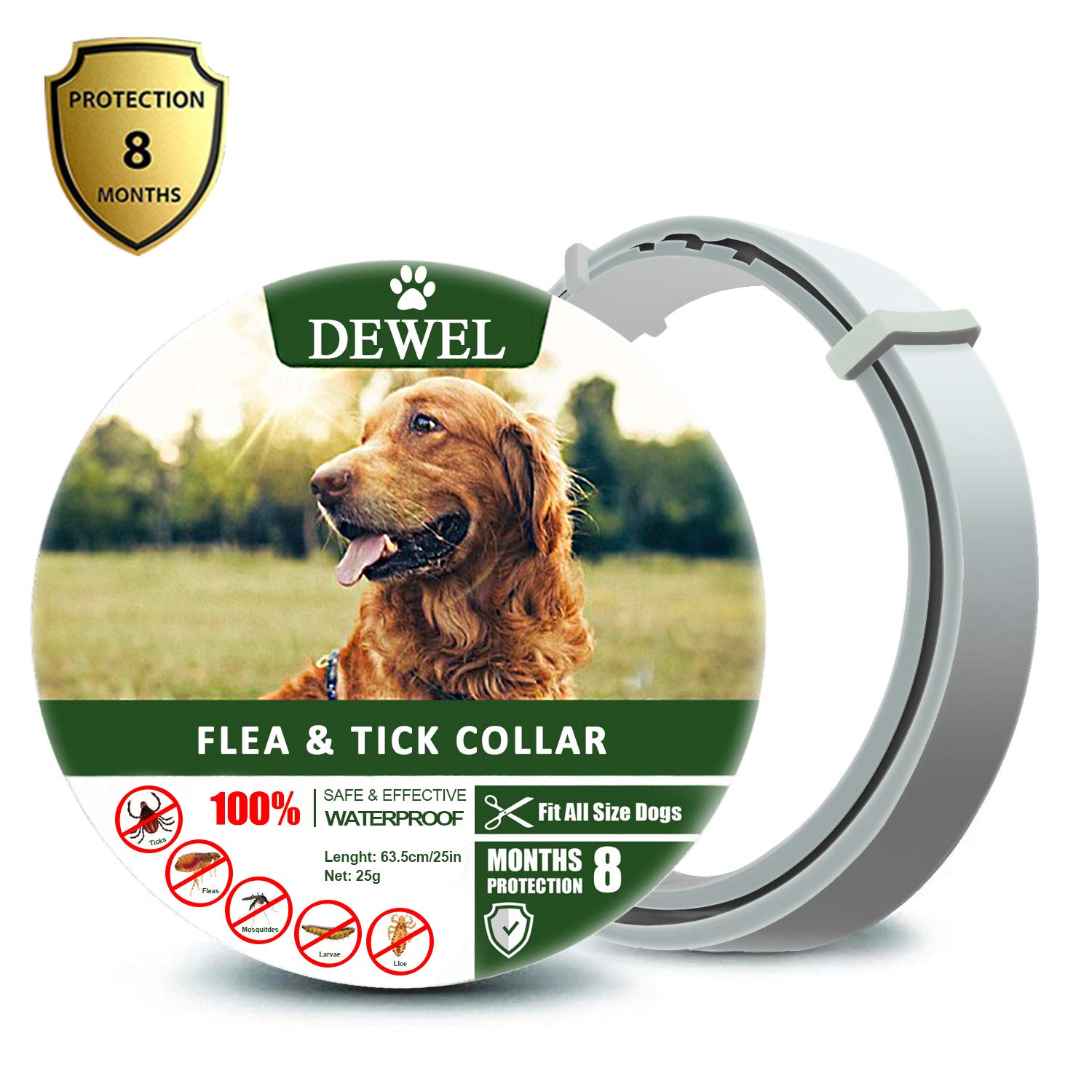Have you noticed small bumps on your dog? Before you panic, here's how to tell the difference between a tick or just a harmless skin tag.
It isn't uncommon to find bumps and bulges on our dog's skin, especially as they age. Things like cysts and polyps can commonly show up, too. So how can we tell if the abnormality is a tick or a skin tag?
As dog owners probably know, ticks not only make for unwelcome pests that settle into the skin of our furry friends but can also transmit diseases, such as tick fever, Rocky Mountain Spotted Fever, or even Lyme disease. However, these brownish bumps can also be attributed to relatively harmless skin tags, so it's essential to familiarize yourself with both to keep your pet healthy and happy.
How to Tell the Difference Between Ticks and Skin Tags
https://www.instagram.com/p/BHz_my2gAmp/
The best way to tell if a new bump is a growth or a tick is by getting to know your dog well, monitoring the skin every so often. If you're petting your pooch and immediately notice a bump where there wasn't one before, you'll definitely want to investigate more closely.
While ticks are always brownish or reddish in color, a skin tag or acrochordons, as vets call them, will most likely be the same color as, well, your pet's skin. These skin growths can be easy to spot on a light-haired dog with a pinkish body, but darker dogs may require a closer look. If your dog has skin tags irritating him, you can talk to your vet about skin tag removal procedures.
If you can't immediately tell if you have a tick on your hand, you'll need to get a better view, which many do with a magnifying glass or even reading glasses. You can usually see tiny legs on the side of a tick's body, which will often be oval in shape. In addition, a tick will often be plump or fuller after engorging on blood, whereas a skin tag will typically lie flat against the skin.
Places Ticks Like to Hide
- Armpits
- Tail
- Neck
- Eyelids
- Under Collars
If you still aren't sure, keep an eye on it. If the bump gets bigger, you most likely have a tick on your hands, and if you happened to find the protrusion behind the ears or in between toes, there's a good chance it's not just a tag.
What to Know About Skin Tags
https://www.instagram.com/p/BHOW568B9mu/
RELATED: Dogs in the Woods, Beware: How to Spot Tick Eggs in Warmer Weather
Skin tags may look scary at first, but usually, they're pretty harmless benign growths. Argos Pet Insurance states that skin tags can occur in many areas of your dog's belly, including his face, chest, armpits, legs, stomach, eyelids, and even on his nose.
We still don't know exactly what causes skin tags, but there may be multiple causes behind your pup's skin troubles. Fleas, lice, mites, and other parasites may cause inflammation and start the development of skin tags. Poorly fitting collars can rub your dog's skin and cause a growth. Irritating shampoos, detergents, and other chemicals may also contribute to this issue. Even bathing your dog is important since this skincare routine can help to keep his skin clean.
Nutrition may be another cause. If your dog has poor nutrition, he may have a weakened immune system that makes him more likely to develop skin problems like skin tags.
How to Treat Skin Tags
https://www.instagram.com/p/BbxfZaOlubs/
Start with a trip to the vet so that you can monitor the tags' growth and determine if they need to be removed. Your vet may perform a biopsy or fine-needle aspirate to verify that these are skin tags and not skin tumors. In some cases, what appear to be skin tags can be other health issues. According to Tammy Hunter, DVM, papillomas are small tumors that are common in dogs. They're caused by viruses and are often referred to as dog warts. Your vet will test for these issues to verify that your dog's skin tags are skin tags.
According to Pet Care RX, there are multiple ways to treat skin tags. Sometimes skin tags can cause secondary infections, and they can bleed if they get torn, so your vet may remove them surgically with local anesthesia.
Even with a local anesthetic, anesthesia can carry some risks for certain dog breeds, so your vet may decide that cryosurgery is best for your dog. This dog skin tag removal procedure freezes the tags and destroys their tissue. It's done with nitrous oxide or liquid nitrogen, and while it can cause some pain, that pain goes away quickly.
How to Remove Ticks
https://www.instagram.com/p/CA3cBygpfVO/
If you've identified the culprit as a tick, you'll want to remove it immediately. This can be done with tweezers or a tick removing tool. Always be careful to remove the head and mouthparts along with the body, and kill the pesky perpetrator after removing it from your dog's body. Make sure you use something like rubbing alcohol to disinfect the area where you removed this member of the arachnid family.
Do not attempt to use any old wives' tales for removal, such as cigarette butts, petroleum jelly, or nail polish. Your goal is to get rid of the tick as quickly as possible, not wait for it to detach from your pup's skin on its own.
Of course, the best measure for avoiding ticks is by implementing a method of tick prevention, which can easily be done with medicated flea and tick collars, drops, or even vaccinations.
Try to keep up with your yard work at home to avoid the chance of an infestation, and if you and your pal just came back from a jaunt in a wooded or grassy area, be sure to check both of your bodies for unwanted hitchhikers and tick bites.
Here Are 3 Anti-Tick Products:
1. Tick Removal Tool
Five stars, y'all! Even if your dog has a preventative tick treatment, it's always good to keep these on hand.
2. Flea and Tick Collar
Hey, 4.2 out of 5 stars isn't bad at all! There's up to eight months of protection with this flea and tick collar, giving you a long time for tick control. The collar is adjustable and waterproof. The best way to combat ticks and fleas is to prevent them.
3. Vet's Best Flea and Tick Home Spray
If your dog recently had fleas or ticks, it's a good idea to clean your home. Throwing away dog blankets and a pet bed will definitely do the trick, but you could also spray down any furniture your dog has been in contact with.
They Might Be Skin Cancer Symptoms
If you have ruled out a tick or a skin tag on your dog, it may be time to schedule a checkup. But, don't worry too much. Cancer in dogs can be treatable.
Have you seen ticks or skin tags on your dog before? Share your story on the Wide Open Pets Facebook page!
This post was originally published on January 3, 2017.








